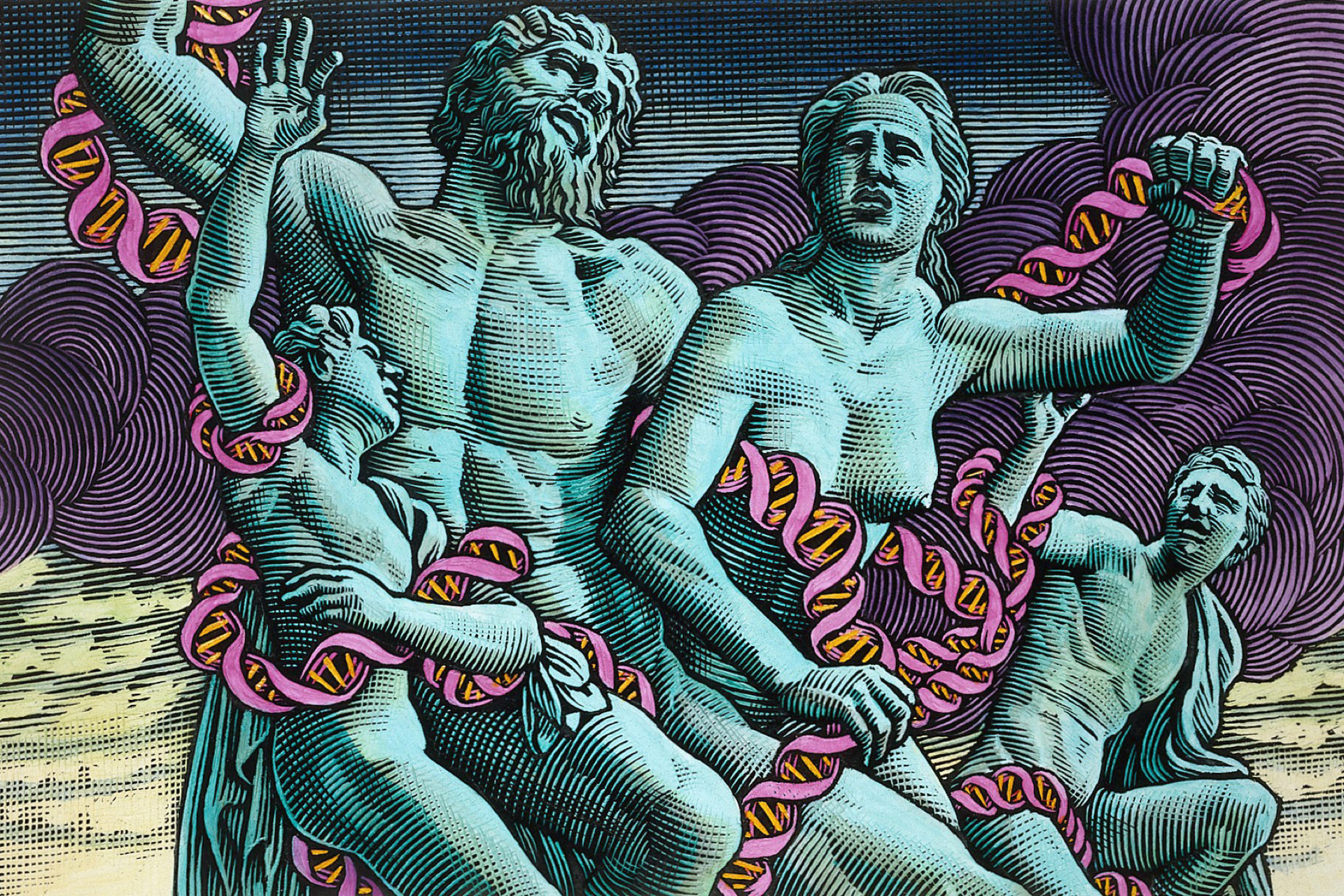After four years of speculation, debate and revision, the EU Tissues and Cells Directive has finally (if quietly) come into force. Sort of.
The Directive, binding on all EU Member States, is part of a programme of legislation intended to introduce quality assurance for European consumers. As the title of the Directive says, it is '...setting standards of quality and safety for the donation, procurement, testing, processing, storage, and distribution of human tissues and cells'. It applies to all tissues and cells of human origin (subject to a handful of exceptions) intended for human application, including embryos, gametes, and stem cells. The inclusion of such ethically contentious applications within the scope of the Directive ensured it had a turbulent passage through the European Parliament which sought to prohibit embryonic stem cell therapies amongst other things. However, the principle of 'subsidiarity' - that Member States should be granted a degree of flexibility as to how to implement EU law and regulate ethical issues - prevailed, and the Directive was adopted in April 2004.
The Directive is accompanied by two annexes which set out the technical and regulatory requirements of the main Directive in detail. It was intended that these would be finalised in time for full implementation this month. Whilst the first (focused on procurement, donation and testing) has now been finalised, the second (on processing, preservation, storage, and distribution) remains in draft form. As a result, a staggered implementation has been adopted in the UK. Some tissue banks, such as those storing corneas and skin for human use, had to be registered with the Human Tissue Authority (HTA) from 7 April 2006. Regulations implementing the technical requirements for other establishments (including IVF clinics) will follow during 2006 and 2007.
Despite the initial hype, the EU Directive now seems unlikely to have a huge impact on assisted conception services in the UK. The requirements for accreditation and inspection in the Directive are already well met by the Human Fertilisation and Embryology Authority (HFEA) which, together with NHS and other standards, has also made progress towards ensuring that quality management and adverse incident reporting - other requirements of the Directive - are implemented in IVF clinics. It also seems likely that there will be certain exemptions for IVF laboratories and embryologists will not be required to dress like Buzz Lightyear as initially feared.
In contrast, the EU Directive will have a significant impact in member states where there is currently no regulation, inspection or accreditation. Through the introduction of quality and safety standards, this should serve to remove some of the discrepancies between members states in terms of regulating the use of tissues and cells, and also introduce some consistency in the conditions under which they may be stored and processed.
However, it is important to register that the Directive - together with its sister regulation on 'advanced therapy medicinal products' - only goes as far as to introduce minimum standards. There is nothing to prevent individual states taking a more stringent approach: the Directive explicitly states that it 'should not interfere with decisions made by member states concerning the use or non-use of any specific type of human cells, including ... embryonic stem cells'. The restrictive laws adopted in Italy and Germany, for example, meet the requirements of the Directive - if only by prohibiting some of the procedures which the Directive seeks to regulate. One of the key tests of the Directive will therefore be the extent to which it can accommodate the wide spectrum of opinions, regulations and prohibitions at member state level, and the resulting movement of patients seeking treatment, both within their own countries and abroad.



Leave a Reply
You must be logged in to post a comment.